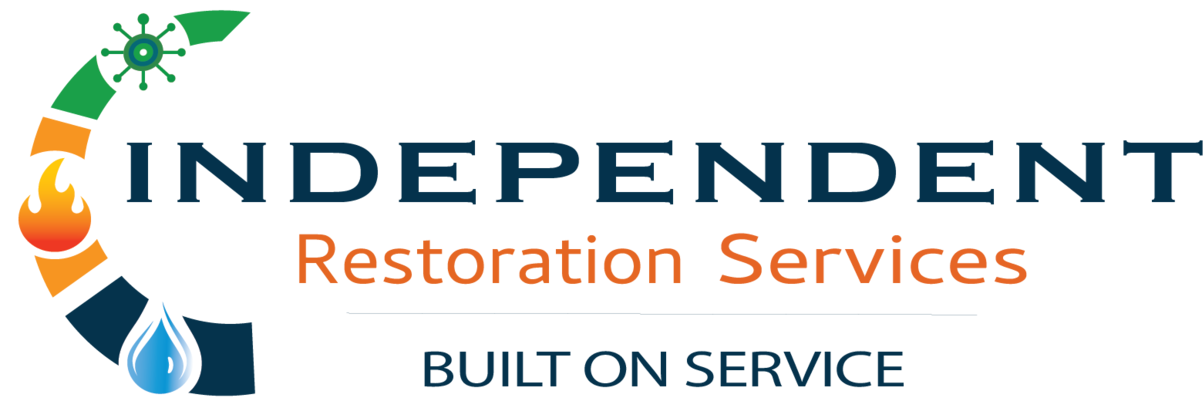Alabama’s subtropical climate creates ideal conditions for mold growth, making prevention strategies essential for every homeowner. With average humidity levels often exceeding 70%, understanding how to control moisture and prevent mold is crucial for maintaining a healthy living environment.
Table of Contents
Understanding Alabama’s Mold Challenges
Alabama’s climate presents unique mold challenges throughout the year. Summer humidity levels regularly reach 80-90%, while winter heating systems can create condensation problems. These conditions, combined with occasional flooding and water intrusion events, make Alabama homes particularly susceptible to mold issues.
Humidity Control Strategies
HVAC System Optimization Your heating and cooling system plays a crucial role in mold prevention. Maintain indoor humidity levels between 30-50% using dehumidifiers when necessary. Ensure proper HVAC sizing for your home – oversized systems short-cycle and fail to remove adequate moisture from the air.
Ventilation Improvements Proper ventilation prevents moisture buildup in critical areas. Install exhaust fans in bathrooms and kitchens, venting them directly outside rather than into attics. Ensure dryer vents are properly connected and functioning to prevent moisture accumulation in laundry areas.
Air Circulation Enhancement Improve air circulation throughout your home by keeping interior doors open when possible and using ceiling fans to promote airflow. Stagnant air in closets, basements, and storage areas creates ideal conditions for mold growth.
Moisture Source Identification
Plumbing System Maintenance Regularly inspect plumbing fixtures, supply lines, and drainage systems for leaks. Even small leaks can create significant mold problems over time. Address any plumbing issues immediately and ensure proper sealing around fixtures.
Building Envelope Integrity Maintain your home’s exterior to prevent water intrusion. Check windows, doors, and foundation seals regularly. Proper caulking and weatherstripping prevent moisture infiltration that can lead to hidden mold growth.
High-Risk Area Management
Bathroom Mold Prevention Bathrooms require special attention due to frequent moisture exposure. Use exhaust fans during and after showers, clean surfaces regularly with mold-inhibiting products, and repair any damaged grout or caulking promptly.
Basement and Crawl Space Care These areas often experience the highest humidity levels. Install vapor barriers, ensure proper drainage, and consider mechanical dehumidification. Monitor these spaces regularly for signs of moisture or mold growth.
Early Detection and Response
Regular home inspections help identify mold problems before they become severe. Look for visible mold growth, musty odors, or water stains. Address any moisture issues immediately to prevent mold development.
The CDC’s mold prevention guidelines provide comprehensive information on identifying and preventing mold growth in residential environments.
Professional Mold Assessment
When mold problems exceed what homeowners can safely handle, professional intervention becomes necessary. Mold removal and remediation services address both visible mold and underlying moisture issues that cause recurring problems.
Independent Restoration Services provides comprehensive mold assessment and remediation throughout Alabama. Our certified technicians identify moisture sources, develop remediation plans, and implement prevention strategies as part of our complete restoration services.
Climate-Specific Prevention Tips
Alabama’s specific climate requires adapted prevention strategies. During summer months, maintain consistent air conditioning usage rather than cycling systems on and off. This approach better controls humidity levels throughout the day.
Monitor local weather conditions and increase prevention efforts during high-humidity periods or following severe weather events that may introduce additional moisture into your home.
For additional resources on mold prevention in humid climates, consult the Alabama Department of Public Health website, which provides state-specific guidance on environmental health issues.
Effective mold prevention in Alabama requires understanding the state’s unique climate challenges and implementing comprehensive moisture control strategies. By maintaining proper humidity levels and addressing moisture sources promptly, homeowners can significantly reduce their mold risk and maintain healthier indoor environments.
